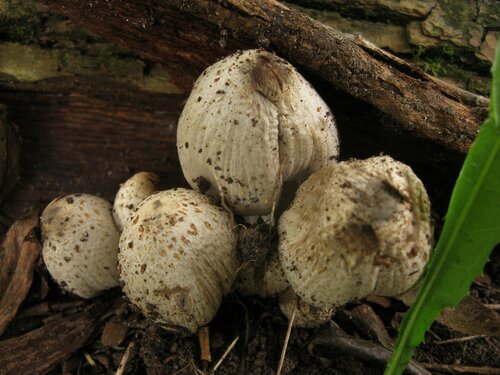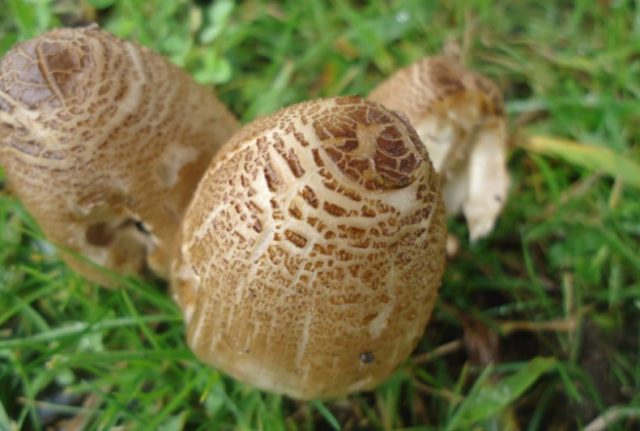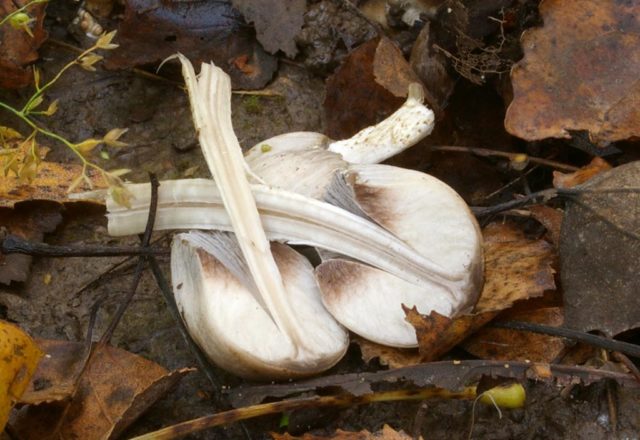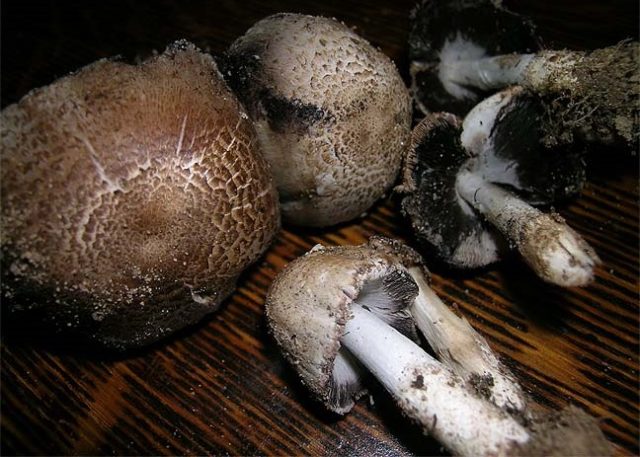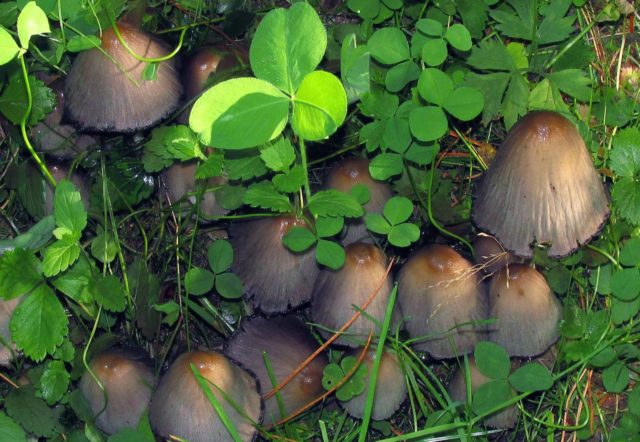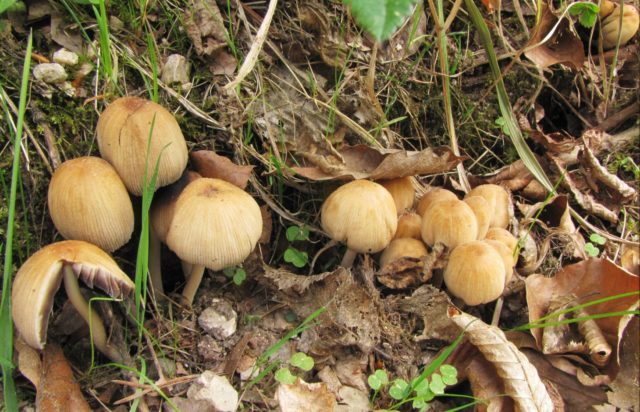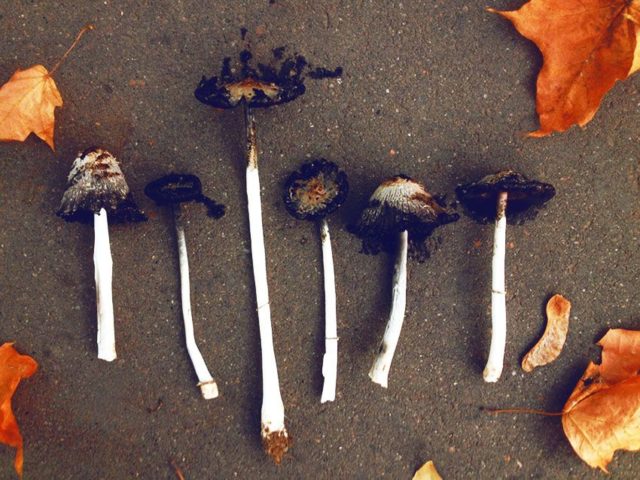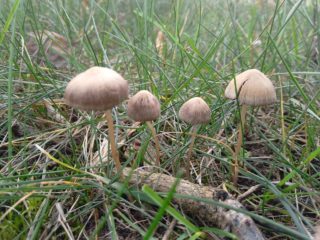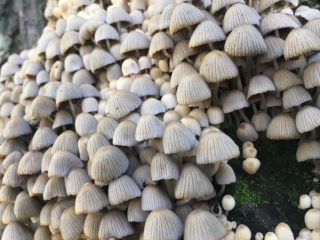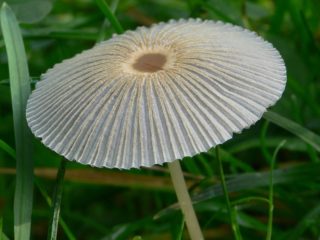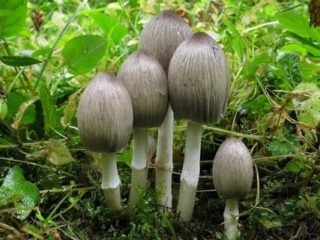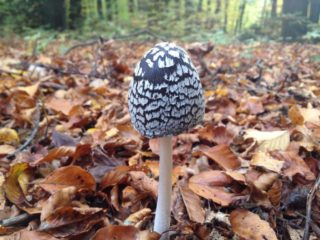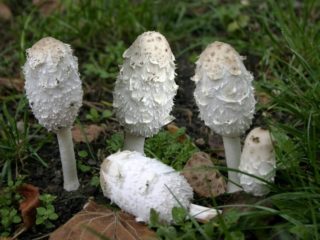Content
Romanesi dung is a representative of the kingdom of mushrooms, which does not differ in bright external signs and high taste. It is rare in humid cool climates. Its young fruiting bodies are used for food, which, as they ripen, turn into mucus.
Where the dung beetle Romagnesi grows
Romanesi dung is a conditionally edible mushroom. Its international name is Coprinopsis romagnesiana. It belongs to the genus Koprinopsis of the Psatirell family.
These fungi grow in small families on old decaying wood and dead roots, on soils well fertilized with animal excrement and organic matter. They are found in forests, city parks, and home gardens in cool climates. They harvest in two waves: April-May and October-November. There is an assumption that their fruiting bodies appear even in summer in cool climates. In nature, they perform an important ecological function by participating in the decomposition of organic remains.
What a Romanesi dung beetle looks like
This type of mushroom is susceptible to autolysis. Their tissues break down and dissolve under the influence of enzymes present in the cells. The fruit body gradually turns into an ink-colored slimy mass.
Most of the time, before the decay of the plates and pulp begins, the Romanesi Dung Hat has a regular ovoid shape without a tubercle in the center. Its diameter at this stage is 3 - 5 cm. Gradually it opens up, increases in size and takes the form of an umbrella or a bell. Its flesh is light and thin.
The color of the surface of the cap is light gray. It is densely covered with brown scales, which are sometimes described as orange in color. In a young mushroom, they are concentrated in the central part of the cap, and in a mature one, they diverge to the edges, due to which its shade becomes lighter. The scales are easily washed off by rain.
The discs of the Romagnesi dung are wide and often spaced, loosely connected to the peduncle. At the beginning of fruiting, their color is white, then they darken and turn into an inky jelly-like liquid. Spore powder is black.
The stem of the fungus is thin and high, located centrally relative to the cap, slightly widening downward. Its diameter is 0.5 - 1.5 cm, length is 5 - 12 cm (according to some sources, 6 - 10 cm). It is smooth, white or grayish-white, hollow inside. The flesh of the leg is fragile and fibrous. There is a thin ring on it, which is quickly blown away by the wind.
Is it possible to eat Romanesi dung beetle
The Romanesi dung is one of the few representatives of the Koprinopsis genus that belong to the conditionally edible category. Only immature fruiting bodies are eaten until they begin to darken. Copies with blackened plates are prohibited.
Similar species
Romanesi dung bears are similar to most gray Koprinopsis. They have the greatest similarity with such dung beetles:
- Grey (Coprinus atramentarius). This is a conditionally edible mushroom, there are almost no scales on its cap. Some mycologists call the Romagnesi its miniature copy.
- Pointed (Coprinopsis acuminata). Differs in a clearly visible tubercle on the cap.
- Shimmering (Coprinus micaceus). It is classified as conditionally edible. Romagnesi can be distinguished from it by its rounder cap and dark brown scales on it.
Collection and consumption
To ensure safety, when collecting and using Romanesi Dung, the following rules are followed:
- Mushrooms are harvested only in ecologically clean places away from roads and industrial enterprises.
- Young fruiting bodies are cut off. Adult specimens are unsuitable for food.
- The soil should not be intensively agitated - this violates the mycelium.
- A representative of this species cannot be stored. Its caps darken quickly and acquire a slimy texture. It must be prepared immediately after collection.
- Before cooking, the mushrooms are washed well and boiled in boiling water for 15-20 minutes. It is dangerous to use broth.
- In cooking, hats are mainly used.
After boiling, Romanesi dung is fried with onions and stewed with sour cream or soy sauce. It is not salted, pickled, dried or canned. There is no information about its suitability for storage when frozen.
Unlike the closest similar variety of gray dung beetle, there is no information on the incompatibility of Romagnesi with alcohol. But in order to avoid intoxication, it is not recommended to use it together with alcoholic beverages.
Conclusion
Mushrooms of the species Dung Romanesi are little known and poorly studied. They are not specially grown because they ripen very rapidly. Due to the rapid self-destruction, fruiting bodies cannot be stored and transported for a long time. They are eaten only at a young age, while the plates are white and without traces of darkening. Experienced mycologists advise to refrain from using them.
